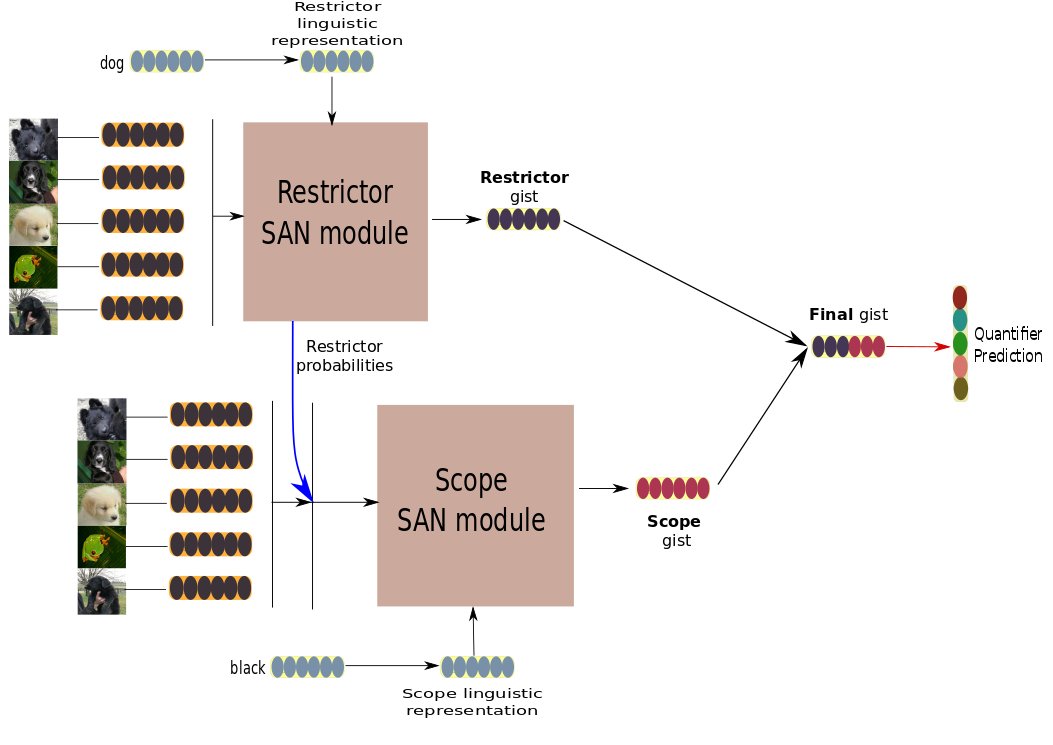
We can be Chomskian about this: performance is degraded competence and produces the mismatch.
Another explanation is that language did it on purpose.
But that's a story for another day... /32

Keep Current with Aurelie Herbelot
This Thread may be Removed Anytime!
Twitter may remove this content at anytime, convert it as a PDF, save and print for later use!

1) Follow Thread Reader App on Twitter so you can easily mention us!
2) Go to a Twitter thread (series of Tweets by the same owner) and mention us with a keyword "unroll"
@threadreaderapp unroll
You can practice here first or read more on our help page!






